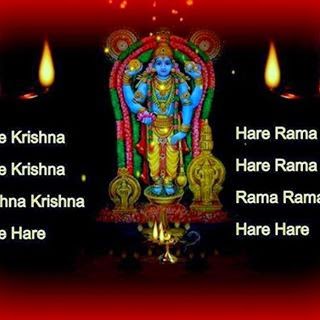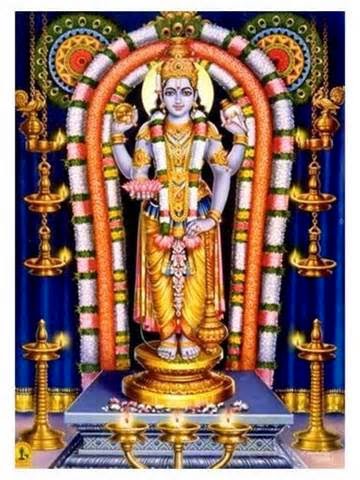The Spiritual Import of the Mahabharata and the Bhagavadgita : Ch-8. Part-19.

8. In Harmony with the Whole Universe : Part-19. But this religious, spiritual or mystical requirement on our part will take us beyond religion itself. As long as we are dogmatic in our adherence to a fanatical theological doctrine of this ‘ism’ or that ‘ism’, as long as we fight over languages and kin, and stick to our prejudices of nationalities and various cultures, to that extent we are far from God. The Bhagavadgita, in a super-national gospel, gives us this great caution, asking us to transmute ourselves into super-national individuals not belonging to any nation. In our spirit we are super and exist above these limiting shackles of wealth and power, of distinctions of umpteen types and, in a sentence, we may say that the Bhagavadgita’s gospel is a gospel of the universalisation of the individual. Towards this great goal the Teacher takes us in the further chapters. Chapter-8. ENDS Swami Krishnananda Next : Chapter-9: The Unity of the Lover and the Belo






.jpg)




